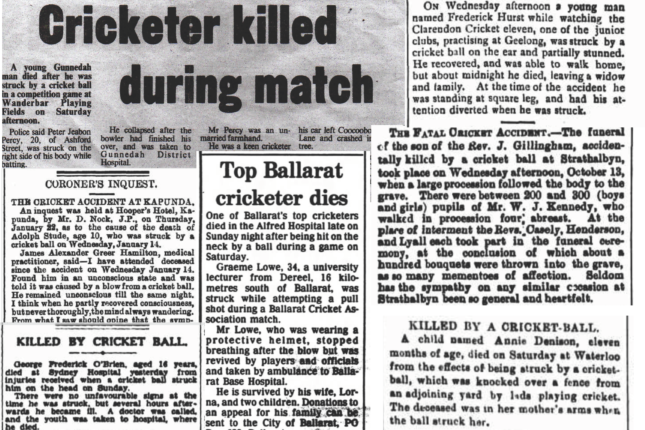
When you make notes, copy or quote from a document or other source, you must accurately reference the source, in other words, record where the information you are using came from.
- For a book, write down the author, the name of the book, the publisher, place and year of publication, and the page number.
- For archival sources, there are specific protocols for correct referencing and acknowledgement. They might include the name of the archives, accession numbers, file details and dates.
- For electronic resources such as websites and documents found on websites you also need to follow an author-name/address-date style. The author is the organisation or person responsible for the website, the address is the details of the www.site, while the date is both the date of the site’s creation or last update, and the date you viewed the site. This viewing date is important because websites, unlike printed books, are constantly being changed and updated.
Accurate references provide a trail for yourself and future researchers who might want to return to the original source for more information. While you will use shortened references on display panels or object labels, make sure to keep full references in your research files and collection catalogues. Photographs also have accession numbers and dates and where possible you should include these references in any captions in your displays. If you are going to be publishing photographs or using them in a public display, you will need to apply for copyright and in many cases you will have to seek permission to publish.
If you are quoting directly — in other words using words from a book or a document exactly as they appear — it is even more important to acknowledge this through correct referencing. The Australian Style Manual is a valuable guide to correct referencing.
